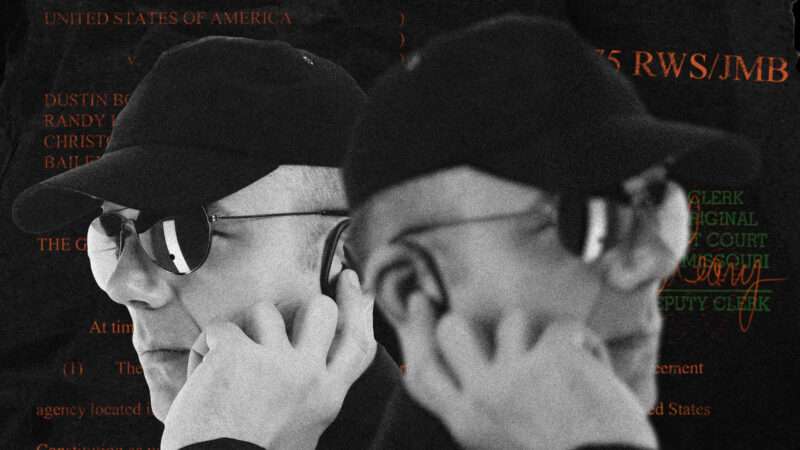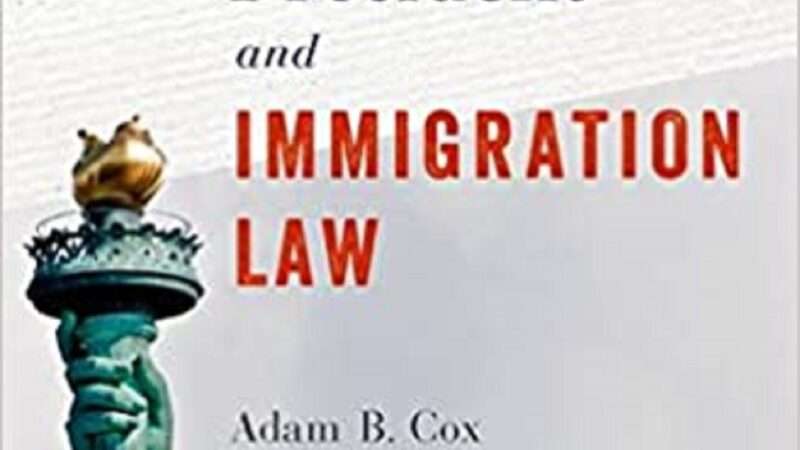New York Gov. Andrew Cuomo today signed a bill that adds the country’s fourth most populous state to the list of jurisdictions that allow recreational use of marijuana. Counting New York, 16 states have approved general legalization, although South Dakota’s ballot measure is tied up in legal wrangling. New York’s law, which emerged from years of negotiations between Cuomo and legislators, is surprisingly permissive in some respects but includes high taxes and other provisions that compromise the interests of consumers.
Residents 21 or older will be allowed to possess up to three ounces of marijuana and up to 24 grams of cannabis concentrates in public. They also can legally transfer those amounts to other adults “without compensation.” New York’s limits are more generous than the rules in many other states that have legalized marijuana, where public possession typically is limited to one or two ounces. New Yorkers also will be allowed to possess up to five pounds at home.
Marijuana use will be permitted anywhere that tobacco smoking is allowed, plus in specially licensed “consumption sites,” which can operate in conjunction with dispensaries. Local governments will have the authority to prohibit consumption sites within their jurisdictions. Cannabis consumption in places where it is not permitted will be punishable by a $25 fine.
Cities also will be allowed to ban marijuana retailers, provided they act by the end of the year. But they will not be allowed to stop residents from ordering marijuana online and having it delivered by licensed companies.
The legislature wisely eschewed defining marijuana-impaired driving based on THC blood levels, which are not a reliable indicator of intoxication. As under current law, police instead would have to present evidence that a driver is “under the influence,” which can include blood test results, the smell of marijuana, erratic driving, and performance on sobriety tests.
New Yorkers will be allowed to grow up to six plants, half of them mature at any given time, for personal consumption, with a limit of 12 plants per household. But homegrown marijuana won’t be permitted until up to 18 months after the first recreational retailer opens, which may not happen until late next year. That means consumers will have to continue relying on the black market for a year or two and may not be able to legally grow marijuana until late 2023 or early 2024.
The long delay in allowing homegrown marijuana presumably is aimed at helping newly licensed retailers establish themselves and displace the black market. But when it comes to taxes, New York legislators do not seem very keen on helping the industry or consumers.
New York plans to impose an excise tax based on THC content. It also plans to tax concentrates and edibles at higher rates than flowers, which seems redundant and is inconsistent with the goal of taxing doses equally.
The rate per milligram of THC is half a cent for flowers, eight-tenths of a cent for concentrates, and 3 cents for edibles—six times the flower rate. In other words, the excise tax on a 10-milligram dose will be 5 cents for flowers, 8 cents for concentrates, and 30 cents for edibles. These taxes seem to be aimed at encouraging consumers to smoke marijuana rather than eating or vaping it, which does not make much sense if legislators are concerned about the health hazards associated with cannabis consumption.
The excise tax for flowers is 50 cents per gram at a THC concentration of 10 percent and a dollar per gram at a THC concentration of 20 percent. Assuming a retail price of $10 per gram, that amounts to a tax of 5 percent to 10 percent.
The THC content of concentrates such as wax and shatter can be as high as 80 percent. At that concentration, New York’s tax would be $64 per gram, which amounts to a tax of more than 100 percent, assuming a retail price of $40 to $60 per gram.
The excise tax on a chocolate bar that contains 100 milligrams of THC, which Medicine Man in Denver is currently selling for $10, would be $3. Assuming similar costs in New York, that amounts to a 30 percent tax.
But the THC tax is just the beginning. New York also is imposing a 9 percent tax on retail sales of cannabis products, plus an additional 4 percent tax earmarked for local governments. That combined 13 percent levy is on top of the general state and local sales taxes, which run as high as 8.9 percent. In New York City, the total sales tax would be nearly 22 percent, in addition to excise taxes ranging from 5 percent to more than 100 percent, depending on the type of product and its THC content.
New York’s marijuana-specific taxes—the THC tax plus the special sales tax—are much higher than the levies collected by several other states. Alaska, for example, imposes a wholesale excise tax of $50 per ounce of flowers; it has no statewide marijuana sales tax (or general sales tax), although some cities tax cannabis sales at rates ranging from 3 percent to 5 percent.
Illinois taxes wholesale transfers at 7 percent and collects a 10 percent marijuana sales tax on products with THC concentrations of no more than 35 percent. Michigan imposes the same statewide tax on retail sales. Massachusetts has a 10.75 percent state tax on retail marijuana sales, and cities can add their own taxes of up to 3 percent. Maine collects $335 per pound of flowers from growers and a 10 percent tax on retail sales.
These states seem to recognize that heavy taxes make it harder for licensed retailers to compete with black-market dealers. New York, not so much.

from Latest – Reason.com https://ift.tt/3ufZ1OR
via IFTTT






